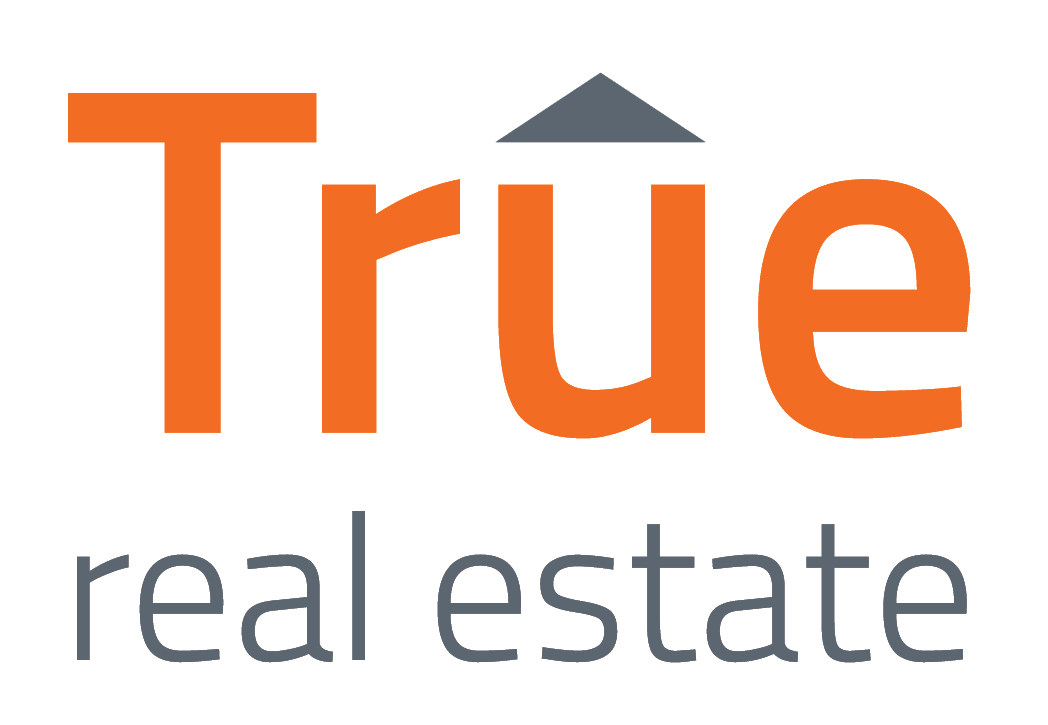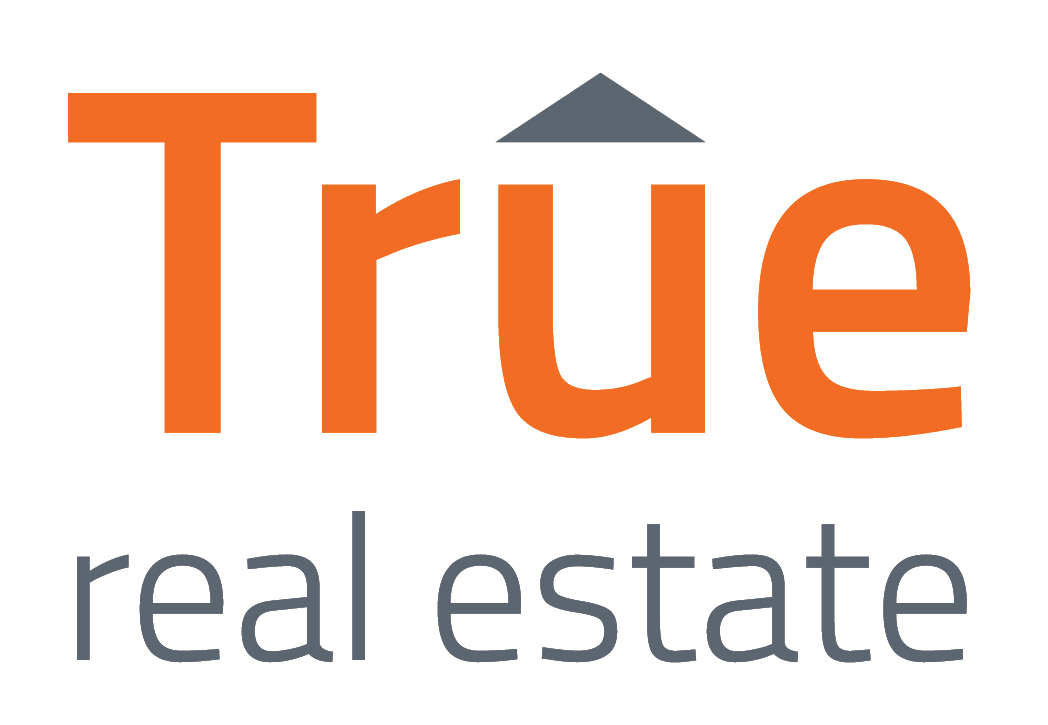Purchasing a home is a monumental decision—one that blends excitement with a fair share of challenges. To help you navigate this journey, we've broken down the essential aspects to consider, highlighting the good, the bad, and the ugly.
The Good: What to Seek in a Home
1. Ideal Location: Choose a neighborhood that aligns with your lifestyle. Consider factors like proximity to work, schools, public transportation, and essential services such as grocery stores and pharmacies. Safety is paramount; research local crime statistics and engage with community groups to get a sense of the area's environment.
2. Functional Layout and Size: Ensure the home's layout suits your needs. Think about the number of bedrooms and bathrooms, the flow of common areas, and the potential for future modifications. Adequate storage space, including closets, attic, or basement, is crucial for maintaining an organized living space.
3. Community Amenities: Access to amenities like parks, recreational facilities, and community centers can enhance your living experience. Some neighborhoods offer additional perks such as lawn care services or organized community events, which can add value to your lifestyle.
The Bad: Potential Red Flags
1. Hidden Maintenance Issues: Be cautious of homes that appear well-maintained on the surface but may have underlying problems. Issues like outdated HVAC systems, aging roofs, or plumbing concerns can lead to significant expenses down the line.
2. Overpriced Properties: Avoid homes that are priced above the neighborhood's average market value. Such properties can be challenging to resell at a profit and may indicate overvaluation. It is important to stay informed about local real estate trends to adjust pricing strategies accordingly.
3. Limited Future Growth: Consider the home's potential for future expansion or modifications. Whether it's the addition of a family member, the need for a home office, or the desire for more recreational space, a property with limited potential for expansion can become restrictive as your needs evolve.
The Ugly: Deal-Breakers to Avoid
1. Structural Deficiencies: Cracks in the foundation, sagging roofs, or uneven floors are serious concerns that can have lasting effects. These issues often indicate significant structural problems that can be costly to repair. Be sure to check all aspects of a home before committing to it.
2. Environmental Hazards: Homes located in flood zones, near industrial areas, or in regions prone to wildfires pose health and safety risks. Always check environmental reports and consider the long-term implications of such locations.
3. Legal and Zoning Issues: Properties with unresolved legal disputes, unclear titles, or zoning restrictions can lead to prolonged complications. Ensure all legal aspects are thoroughly vetted before proceeding.
Final Tips for a Successful Home Purchase
- Consult Professionals: Work with experienced real estate agents, inspectors, and legal advisors to guide you through the process.
- Plan for the Future: Choose a home that accommodates your long-term goals and lifestyle changes.
- Conduct Thorough Inspections: Always hire a professional to inspect the property for hidden issues.
- Stick to Your Budget: Avoid the temptation to overspend. Consider all costs, including taxes, insurance, and maintenance.
Key Takeaways
Purchasing a home involves evaluating various factors to ensure it meets your current and future needs. It's essential to consider the property's location, layout, and community amenities, while also being cautious of potential red flags like hidden maintenance issues, overpricing, and limited growth potential. Prioritizing professional consultations, thorough inspections, and long-term planning can help you make an informed and successful home-buying decision.




